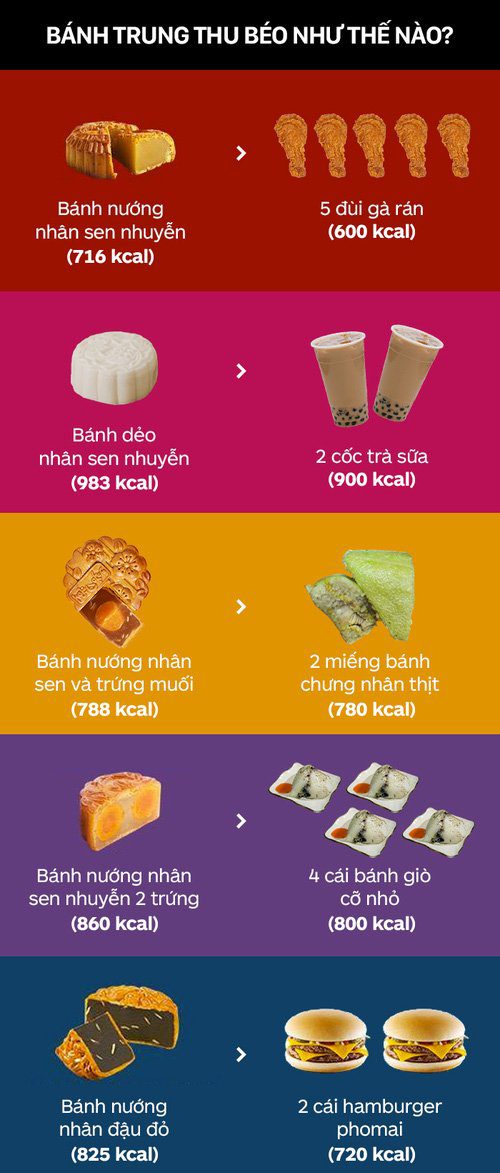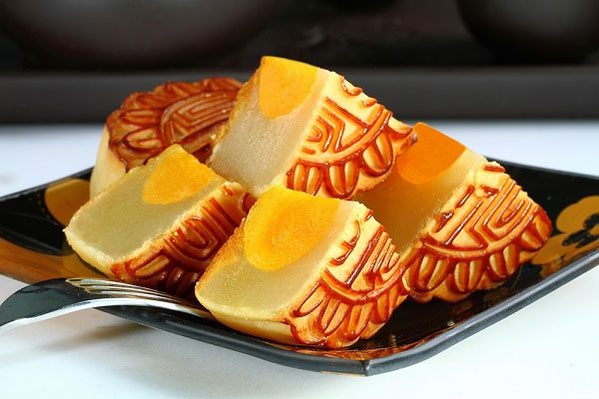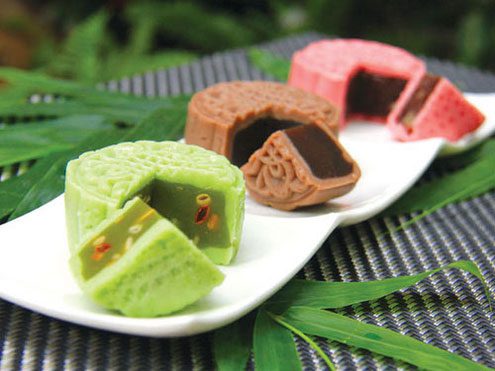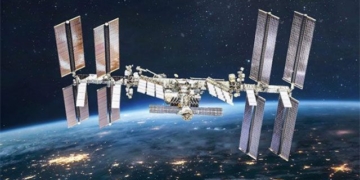The Mid-Autumn Festival is approaching, and it’s that time of year when we can indulge in mooncakes. But do you know just how rich these mooncakes can be?
The Mid-Autumn Festival 2022 is coming soon, and most of us love to eat mooncakes.
Over time, mooncakes have undergone significant “evolution”: they are now more diverse, tastier, and… much richer.
To understand just how rich each mooncake can be, take a look at the image below.
Note: Each mooncake is 500 grams.

To avoid excessive weight gain during the Mid-Autumn Festival, you should:
- Carefully check the ingredients of the mooncake before eating; opt for simpler fillings with less sugar.
- Avoid mooncakes with salted egg yolk to prevent excessive salt intake.
- The softer the mooncake crust, the more calories it contains, so choose wisely.
- Limit yourself to eating only 1/8 of a mooncake at a time and chew slowly.
- Check the expiration date of the mooncake. The longer the shelf life, the more sugar, fat, and preservatives it likely contains.
- Avoid eating mooncakes on an empty stomach, as this can lead to overeating and loss of portion control.
- Do not eat them in the evening; it’s best to consume them before 7 PM.
- When eating mooncakes, pair them with green tea to help reduce excess calories.
- Stay active to burn off energy. If you consume a baked mooncake with lotus seed filling containing 716 kcal, you would need to run for 60 to 70 minutes to burn off those calories.
Can mooncakes replace a breakfast or dinner meal?
Many people might use mooncakes as a breakfast option for several days out of regret. This is not advisable. If you only eat mooncakes for breakfast, your body will be overloaded with fats and sugars but lacking in protein.
Some people, especially young individuals, really enjoy mooncakes and may even consider them a dinner option, consuming several in a day.
Mooncakes cannot be regarded as a complete meal and are not suitable for frequent consumption throughout the day. This is because mooncakes contain more sugar and fat than rice and other staple foods, which can lead to excess energy and nutritional imbalance. If this continues, the body’s nutritional equilibrium may be disrupted.
Additionally, mooncakes can be hard to digest and absorb. Overindulging in mooncakes may lead to liver or gallbladder issues and other acute conditions such as bloating, vomiting, loss of appetite, constipation, and digestive disorders…

If you only eat mooncakes for breakfast, your body will have a lot of fat and sugar but little protein.
According to traditional medicine, excessive consumption of mooncakes can lead to indigestion. Those experiencing digestive issues may feel bloated, vomit, experience nausea, have a reduced appetite, suffer from diarrhea, or stomach pain. These issues can be managed with heat compresses.
After eating mooncakes, you can consume certain fruits rich in enzymes that help improve digestion, such as papaya, pineapple, or kiwi…
Can dieters indulge in mooncakes freely?
Currently, there are mooncake varieties marketed specifically for diabetics, vegetarians, and those looking to lose weight. However, it is essential to affirm that these types of mooncakes still contain a certain amount of energy, even if not as high as traditional mooncakes. Thus, consuming mooncakes for dieters should still be done in moderation.

Diet mooncakes have some different characteristics from regular mooncakes, from the crust to the filling.
Regarding the crust: instead of rice flour or wheat flour, almond flour is used; however, almond flour may not create a perfect crust like wheat flour, so most diet mooncakes focus on the filling substitution.
The filling of diet mooncakes differs from that of regular mooncakes.
Refined cane sugar or syrup is not used; instead, sugar substitutes that do not contribute calories are used. Instead of a mixed filling rich in fat, peanuts, and sesame, the filling for diet mooncakes will consist of various beans, cocoa, or coffee. These seed-based fillings are healthier and beneficial for health.
What do Asian countries eat during the Mid-Autumn Festival?


















































